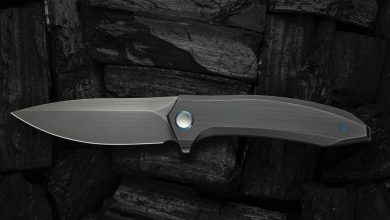Understanding Handgun Power
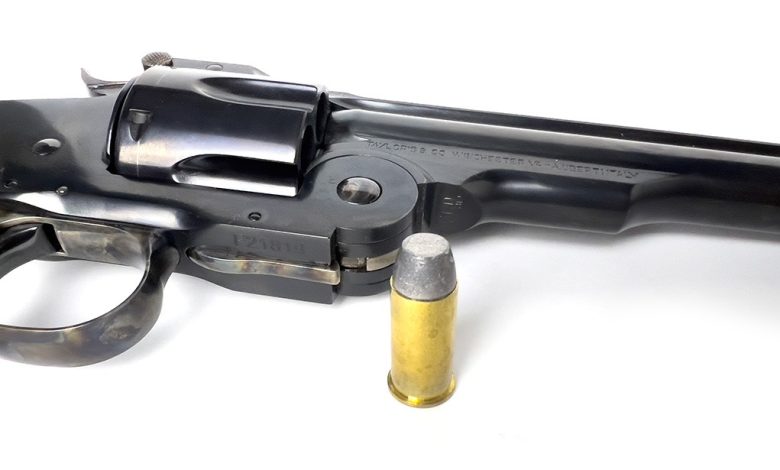
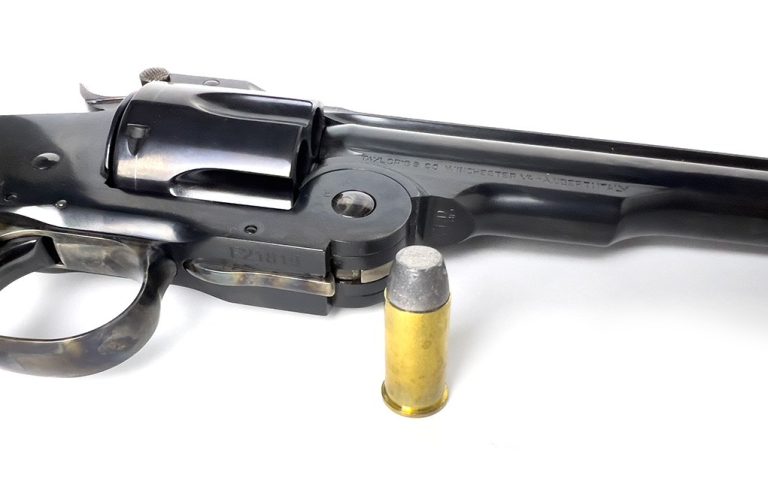
While the ammo used by pistols and revolvers can certainly pack a punch, it’s important to understand the realities of handgun power and its limitations compared to rifles.
As a lifelong student of Elmer Keith, the father of what we could consider the modern hunting handgun and its theory of use, I have come to appreciate the old man and his teachings far more now than I have in the past. And, wouldn’t you know it: Most of what was known 100 years ago is still just as relevant today—and perhaps we need a gut-check on what “handgun power” really means.
Studying and participating in all facets of hunting/field revolver cartridge reloading, as well as their history and associated stories and legends, I’ve come to the understanding that many shooters today don’t understand what these rounds are actually capable of—ignoring data and instead taking information from anecdotal evidence, often from tall tales and word-of-mouth. In my experience with these cartridges and their associated firearms, I’ve arrived at the conclusion that the revolver cartridge “question” was solved a century ago.
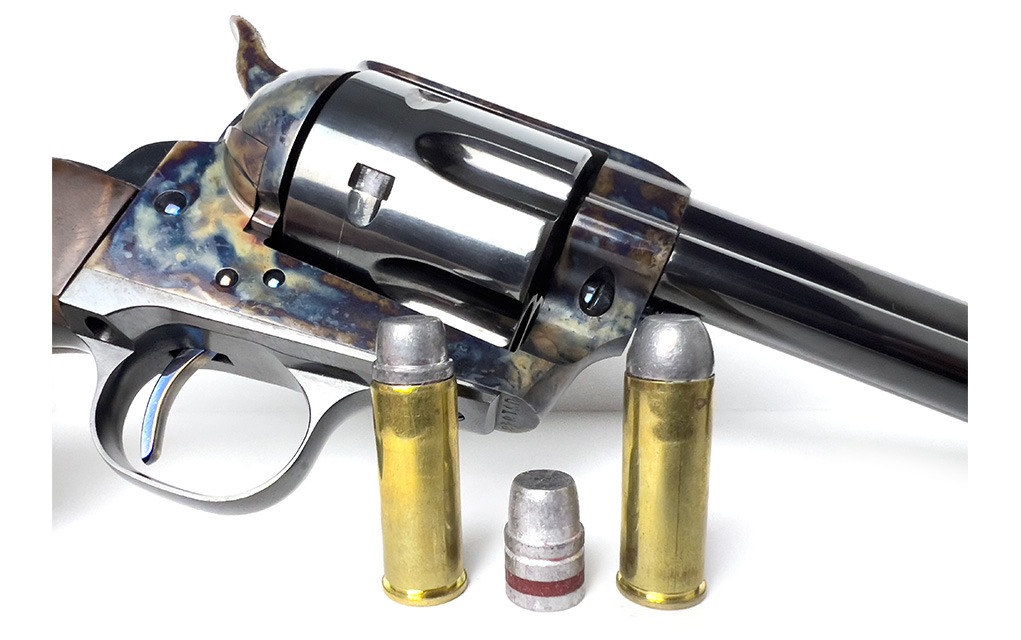
In a manner of speaking, Keith’s word has stood the test of time. The understanding of what he accomplished, however, has largely been lost, as we’ve moved on in technology and abilities.
Let me explain.
The Author’s Conundrum
For me, a .45 Colt or .44 Magnum with a 260- to 300-grain hardcast Keith bullet, exiting the muzzle at around 1,000 to 1,200 fps from a 5-inch gun, will kill virtually anything inside 100 yards with a center-mass hit.
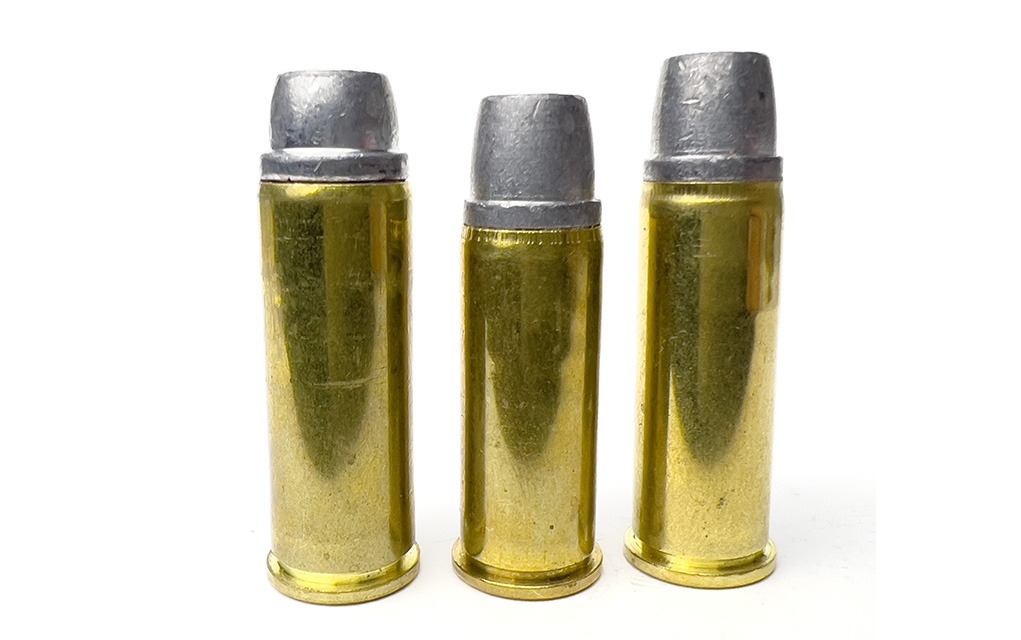

Simple enough, right? What in the world are we doing with everything else then?
Well, the gunwriter in me knows that this is how I get work: talking about the next thing that you need. The honest man in me—who has messed up more times than I have succeeded—will tell you that most of the rest is simply marketing, and the guns and cartridges above a certain power level rapidly lose their benefits. There are recoil junkies of course, and I respect those guys, though I need my delicate wrists for typing.
From a technical standpoint, the energy and penetration delivered with the above-mentioned loads is perfect considering that the associated recoil and training curve are respectively mild and short. You might think that 1,000 fps is slow, but it isn’t. And in my time with hardcast .45 Colt in the Colt SAA and Ruger revolvers, I’ve shot clean through full-grown whitetail inside 75 yards using 0.452-inch Rim Rock bullets in Keith style.
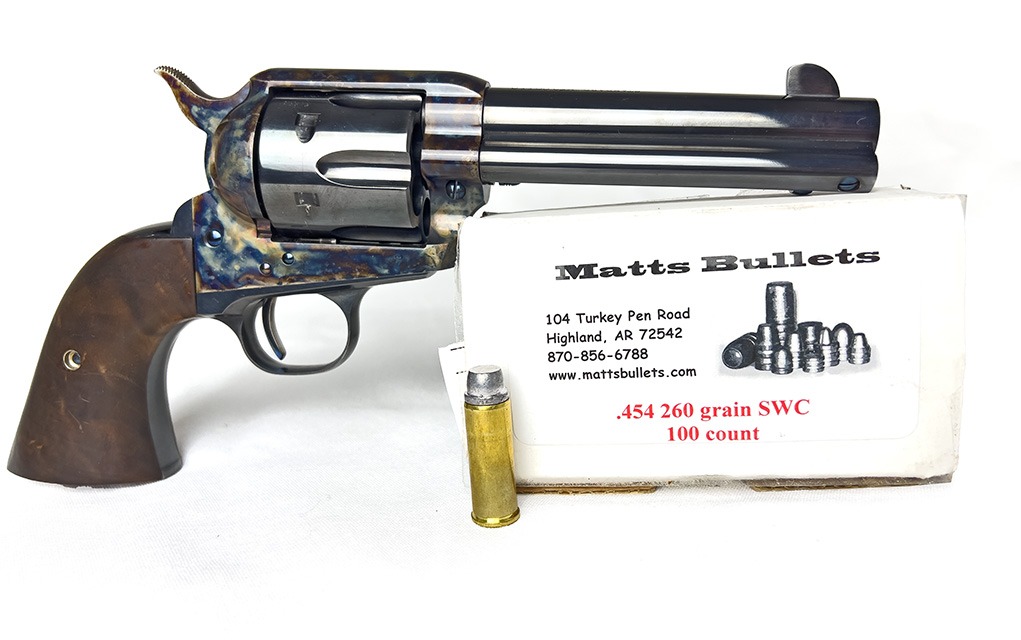

Going up in power to 300-grain bullets moving at the same speed produces serious recoil, especially with jacketed bullets like the Hornady XTP. Increasing to 1,200 fps in heavy-frame revolvers gets a bit stout, and I find myself anticipating the shot, even with plenty of practice. It’s easy to be a pro at the range, but I’ve missed game due to flinching. For a long time, I worried about not having enough power, where in reality, I had plenty to begin with and simply thought I should have more because I believed it would kill better.
I won’t say that you need more than what was discovered by Keith. It took me the better part of a decade to understand what was already written, and now I tend to go a bit less instead of more. You’ll be remiss if you think that you need more power when you may not even understand how good your loads actually are. There is a big difference between felt recoil, which in large part has to do with the shape of the grip, and the killing ability of the bullet. To my own experience, there’s little difference between hardcast loads in .44 and .45 bores, in that sweet-spot of 240 to 300 grains, being pushed at 1,000 to 1,200 fps.
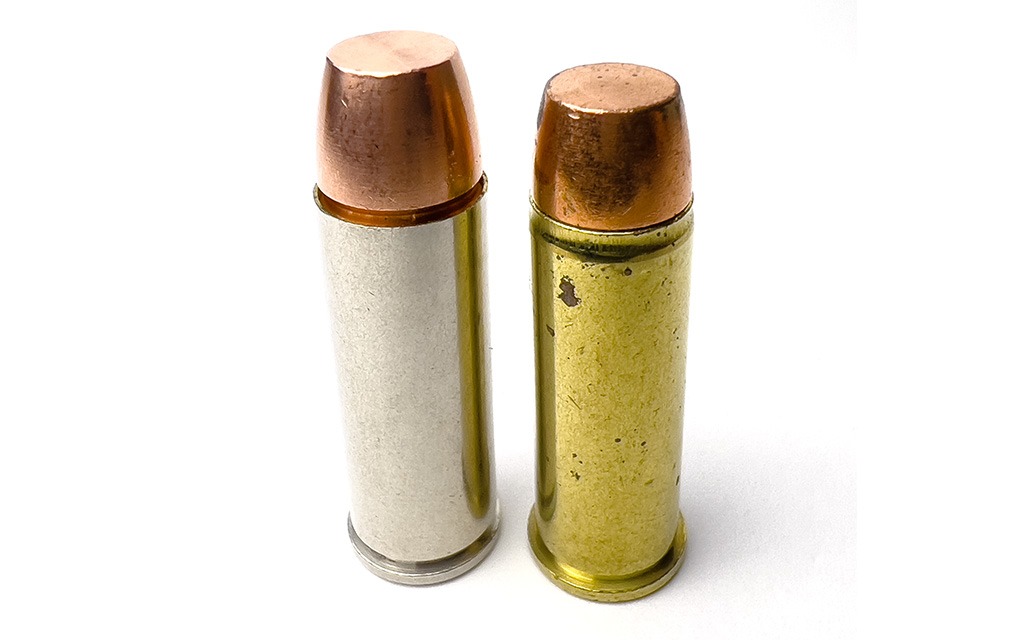

Unfortunately, shooters often feel like they need more recoil to believe they have more power.
I’ve let plenty of people shoot my amped-up handloads in real-world game-killing power levels, and they, more often than I want to believe, state that they thought it would be worse … or more “snappy.” A handful have even stated that they thought it didn’t hit the plates hard enough to make them think it was enough to kill a deer. The ideal field revolver is hardly a mule; instead, it should be packable and not obnoxious. What bullets do when they hit steel, especially lead bullets, is no indicator of what they do on game.
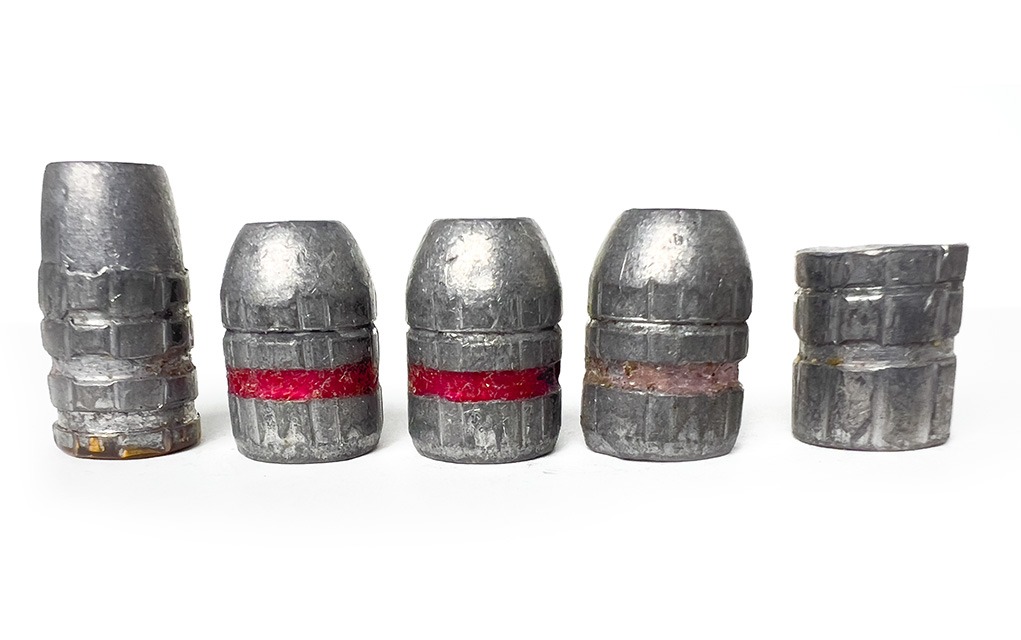

What Is Too Powerful?
The big thing to consider when looking at the various levels of power inherent to revolvers is that they are, as a group, widely inferior to rifles. You enter what I like to refer to as the “death spiral” when you try to make it do something it’s not intended to do, in this case making a revolver into something of a rifle by means of increasing its power level to a point of non-function. Some manufacturers try to make a revolver somehow more powerful to negate the handicaps of a handgun … but end up making them worse. “Handheld, heavy, less powerful, stockless rifle with high recoil and limited range that is hard to carry” isn’t much of a selling point, but some revolvers have arrived at this place.
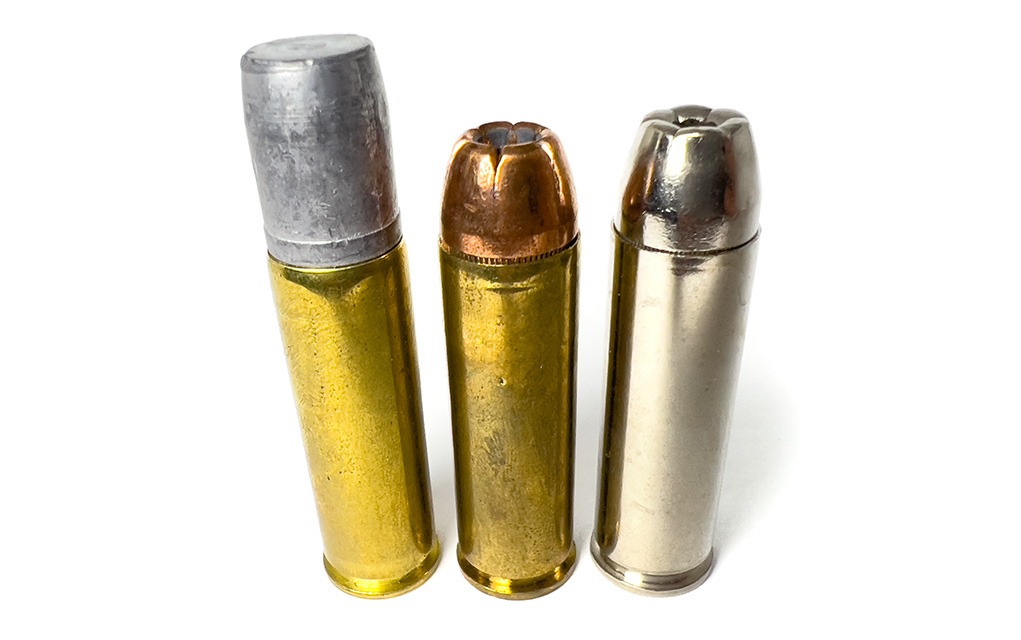

There’s a massive difference in power in all but the most powerful revolvers—and the most handicapped rifles. Yes, it is, in theory, true that .460 S&W out of a big X-Frame with a 10-inch barrel is nearly equivalent in total power to a .450 Bushmaster of the same 250-grain weight, both firing 0.451 or 0.452 diameter bullets. But projectile energy alone isn’t the only factor to consider: The revolver is substantially harder to become proficient with and limits effective range due to physical restrictions on optics and the lack of a stock.


However, the thought process that landed us at these massive handgun cartridges began with enough good intention to forgive it. And, more power shouldn’t be the main consideration when looking at revolver rounds.
For instance, the .45 ACP is a fine field pistol cartridge and is in no way a magnum class revolver load. I’ve killed plenty of large-bodied whitetails with 230-grain Black Hills JHP and Hornady 220-grain +P Critical Duty in a 1911. Both of these loads are absolutely suitable for realistic field use, and I’ve had pass-through shots broadside with the Hornady load. I do not expect the .45 ACP cartridge to exit; in fact, I don’t need it to because I’m hunting under with a bullet traveling less than 1,000 fps suppressed inside 40 yards. I feel that it is superior in noise control and shot placement over 10mm Auto, an opinion that many would disagree with, but I’m not seeing any evidence in practice from active pistol hunters to prove me wrong.
That said, I’d not shoot at game with this setup nearly as far as I would a revolver; in fact, the 1911 has half (or less) of the range of a .45 Colt 300-grain Keith bullet moving at 1,100 fps. These small incremental differences matter: While both are .45 caliber and traveling nearly the same speed, the difference in bullet construction and penetration ability is paramount. This is a nuanced game when it comes to pistol and revolver hunting, and going hog wild in power is never the answer.


Bullets truly designed for killing in the field are made to penetrate, and the introduction of mechanical action (expansion) introduces variables to that equation … which can be easily controlled in gel/advertising. The explosive effects of some of these bullet designs is enough to lure consumers into thinking that they need this for success, but this is just not true. Again, simple reliability in revolver loads is what you truly need.
The most effective wound channels are not so dramatic. Instead, they’re deep-penetrating and as blind to bone as possible. Shooting through something at any angle is what we’re asking of a field gun, a notable difference as compared to defense ammunition where immediate expansion is desired.
Reinventing the Wheel
Continuing improvement in design is what we strive for, but that continuing improvement in revolver cartridge design is a bit of a misnomer, as it is more of a continued branching off of a proven, rooted trunk than anything else. The main design elements are already decided in most cases: Most designs out there are just longer versions of existing cases. Simply lengthening cases is a sure way to increase bullet weight and powder capacity, though the purpose here lies largely in tinkering than true utility.
What’s known to work hasn’t changed. Notice that, aside from reduced-power specialty competition cases (think .45 Cowboy Special), nobody is making any “less” powerful revolver cartridges. Instead, they keep getting bigger. I wonder who is truly asking for these.
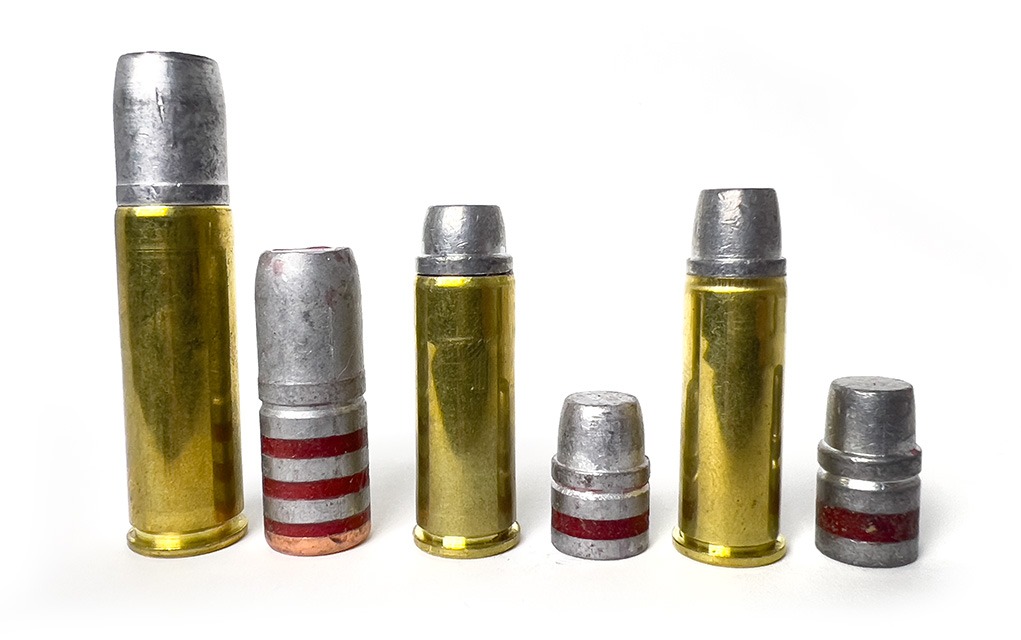

So, is it true that we’ve hit peak revolver performance more than a century ago? Well, it could be argued that we arrived with Keith and his .44 Special testing in the ’20s and ’30s, but it wasn’t until he had the commercial support to deliver the .44 Magnum later that I feel we truly hit the pinnacle. The .44 Magnum is, in many ways, the perfect revolver cartridge, and when loaded with Keith’s own bullet designs, it’s arguably the most balanced performer from a 4- to 6-inch barrel under field conditions in terms of ballistic abilities, effect on game and ability to be carried.
It seems that we keep coming back to this every decade or so, and then promptly forget it when it’s not used in the field but instead as a range toy that needs more “boom.”
Editor’s Note: This article originally appeared in the August 2024 issue of Gun Digest the Magazine.
Raise Your Ammo IQ:


Next Step: Get your FREE Printable Target Pack
Enhance your shooting precision with our 62 MOA Targets, perfect for rifles and handguns. Crafted in collaboration with Storm Tactical for accuracy and versatility.
Subscribe to the Gun Digest email newsletter and get your downloadable target pack sent straight to your inbox. Stay updated with the latest firearms info in the industry.


